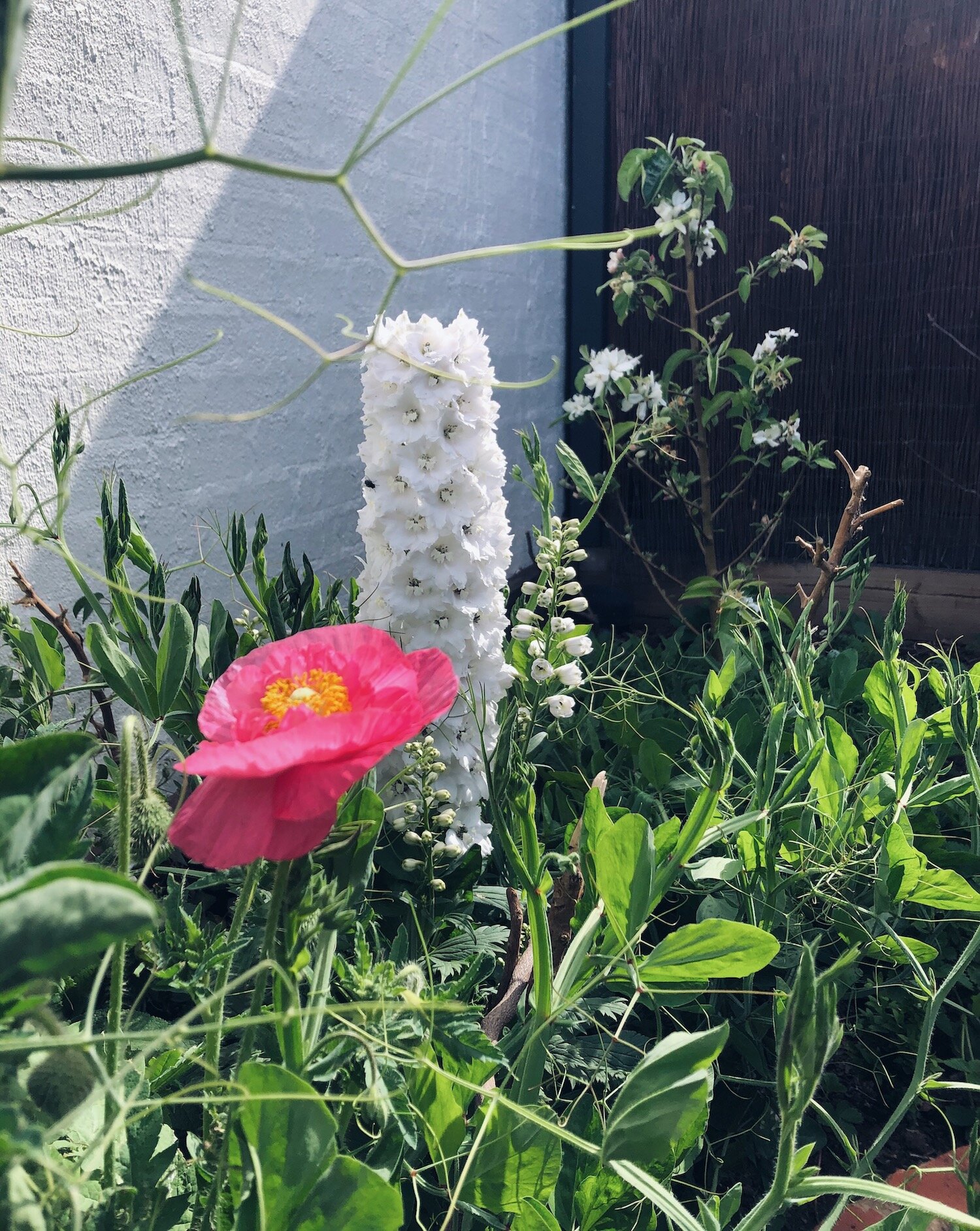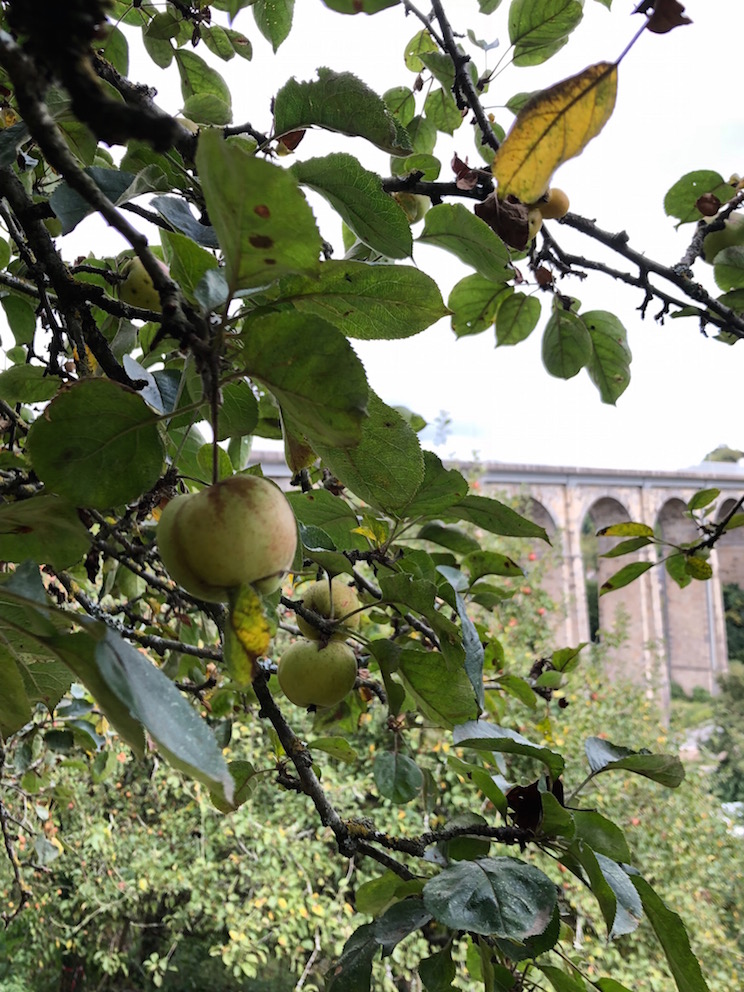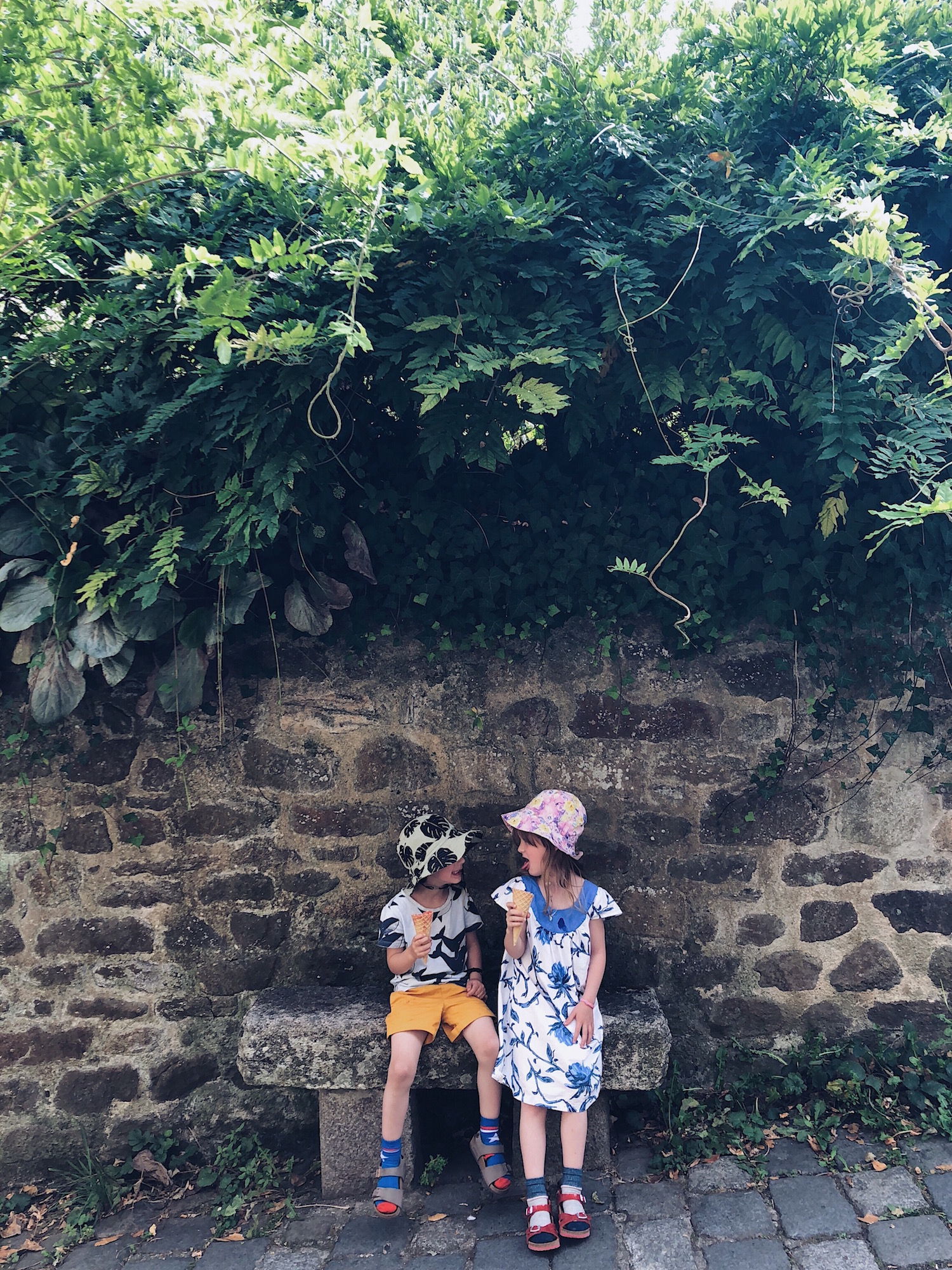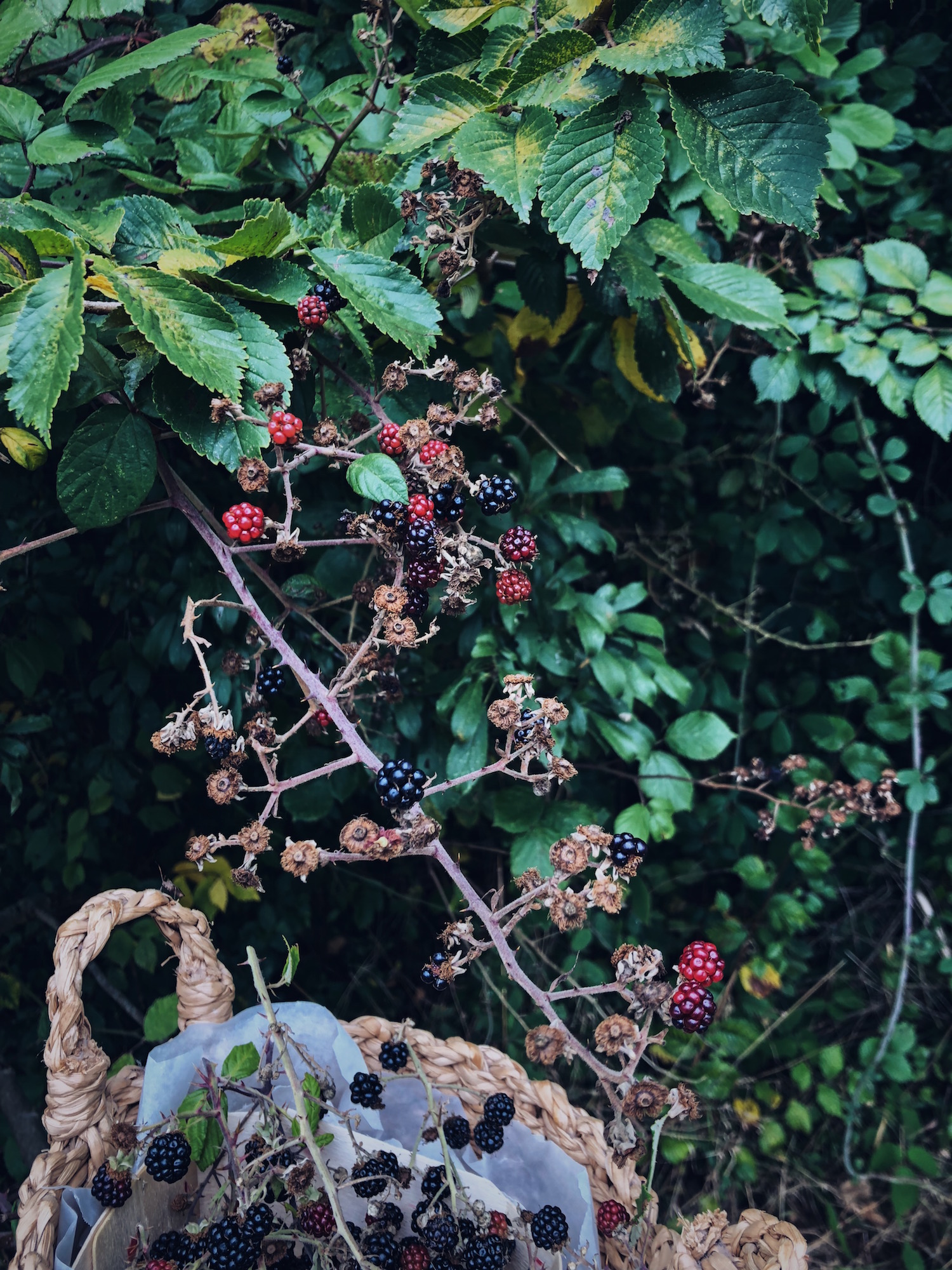
JOURNAL
documenting
&
discovering joyful things
The winter garden diary
I have been keeping a garden journal: notes and thoughts and ideas jotted down throughout the days as I try to bring my tired and beleaguered courtyard garden back to life after months of neglect and the hottest, driest summer on record.
Would you like to come outside with me? Step into my tiny courtyard and and let’s roll through the seasons from winter to spring…
25 May: Today’s garden tasks feel like a home demolition:
Pull out the valerian plants that have spread and smothered their neighbours. Do the same with the fishbone ferns and chickweed.
Pull down the potato vine that covered and shaded the pergola, a casualty of the hot summer
Pull out the two old lavender bushes that had become bushy and dry (my hands smell like dusty potpourri)
Also to go: one dead blueberry tree; one dead camellia; one dead rosemary bush; two dead clematis vines
Heavily prune one of the fuchsias: all the leaves have burned off but there is still green in the wood, so there’s hope
Cut back the passionfruit vine that tumbles over the fence from the neighbours on one side and is now strangling the Japanese maple, one of the standard roses, and the pomegranate tree. At the same time, cut back the hardenbergia vine on the same side that has joined forces with the passionfruit to choke as much of the garden as it can
On the other fence, cut back the jasmine that has similarly swamped the Japanese maple, standard rose, climbing rose and crepe myrtle
Go through the whole garden, aerating it with a fork
Feed the soil with some compost and turn it all over
Give it a really good soak with the hose. Still waiting for rain
26 May: It’s late in the season - weeks after Mother’s Day - but I decide to put some of the bulbs my children gave me into the ground, just in case. When I dig into the soil there are slaters, and no worms.
28 May: Garlic! I’m chatting with my friend Lee, a garlic farmer who wants to teach women in at-risk communities how to grow and harvest garlic to feed their families and earn some extra income. She tells me now is the time to plant them, and advises me to ask for “seed garlic” rather than culinary garlic at the farmers’ markets. Nobody has any (or none they’re willing to sell), but I find a big basket of garden garlic at CERES and buy several bulbs. I plant the cloves in circles around the roses at the front and back of our house, because I read that garlic growing near roses deters aphids.
8 June: I don’t understand why the two fuchsias, positioned only two metres from one another and receiving equal food, water, shade and sun, grow so differently. One is verdant and glorious, dark green leaves framing stunning coral flowers with such enthusiasm it is positively tropical. On the other, the leaves have wilted and burned. When I cup the leaves in my hands they fall from the plant and crumble to the ground. There is no sign of disease on the plant or in the soil around it… I don’t understand.
9 June: The garlic bulbs I planted last month are shooting skyward, already 10 centimetres above the ground in little circles around all my roses.
15 June: Pruning fruit trees means seeing several moves ahead, and I have never been good at chess. I need to find someone in-the-know, and actually watch them as they decide what to cut and what to keep. Also, when will my pomegranate fruit? It’s been five years.
16 June: One of the hardenbergia vines has died. In fact looking around the garden, none of them are looking good. A lot of the leaves have dropped and those that are left look sick. Should I try to revive them? The hated bamboo fence is also looking a lot worse for wear. Hardenbergia has wound around it, thickened, and pulled the fence from its framework. It is buckled in several places. I’m tossing up between rehabilitation and removal.
22 June: I cut down the hardenbergia that died. I have to extract the broken pieces from the fence piece by piece, since it is too tightly and thickly wound to unravel. I manage to cut it back to a stump but can’t for the life of me get the roots up or the stump out. It doesn’t even budge.
6 July: The garden is properly asleep. I’ve pruned and prodded, aerated and hosed, fed (gently, because it’s winter) and fussed. And now there are bare walls, stumps and brown earth where once was green joy. I put some rows of flower seedlings into the sun-drenched beds at the bottom of the garden, to get a head start for spring, but almost everywhere else the focus is rest. I’ve always heard that sleep, fresh air and good nutrition are the best ingredients for recovering from illnesses, and I hope the same will be true for my little garden.
7 July: I make a call and pull out all the other hardenbergia vines - sick-looking and neighbour-strangling every one of them. Actually I don’t pull them out because I can’t. I cut them down to the stumps. Without the hardenbergia I can see just how damaged the bamboo fence really is. It buckles in some places and swings freely in others, falling over my fragile flower seedlings, breaking them off at the top. I pull on gloves and heavy boots and just tear the entire fence down.
13 July. Still no worms. I feed the soil, mulch it, and bid it goodnight. The pile of dead vines and tree-branches takes up the entire grassed area of the garden. It’s about the size of a small SUV, or a Solstice bonfire. I call the Council and book eight separate “green waste” pick-ups, since they’ll only take what I can fit in our one green wheelie bin.
4 August: I think I have solved the mystery of the fuchsia. It was the hardenbergia! I was separating out some of the stock and sea holly seedlings that were growing too close to one another after I planted them last month, when I came across a root, running horizontally about 10 centimetres underground, that didn’t belong to anything. it was thick - about as thick as a man’s thumb - and as I started to pull it up it just seemed to never end. I followed it inch by inch, carefully extracting it from under the flower seedlings, to try and find the source. Finally I followed it all the way to the stump of the hardenbergia in the bottom corner of our garden, next to the pomegranate tree and beside the gate. I dug down at the base, deep, deep, and found another root. This one was almost as thick as my wrist! I followed it backwards and it spread in another direction and I pulled it, piece by piece, out of the garden bed. I repeated this again and again until, finally, the whole hardenbergia stump lifted out of the ground. It looked like a squid! A rock-solid stump with powerful roots radiating out of it more than a metre in every direction like giant tentacles.
As I was pulling out a hardenbergia close to the house, I had to completely uproot two of the winter roses and disturb a flowering daphne, but I still hadn’t reached the end yet. I pulled harder, and that’s when I noticed my fuchsia - the fuchsia that had almost died in autumn - wobbling. The hardenbergia root was directly under the fuchsia, stealing all its food.
3 September: Robert, who painted our whole house for us a few years ago, comes back and paints the brick wall that had been behind the bamboo fence. A soft white. It’s blinding in the sunlight, but hopefully over time vines (not hardenbergia!) will grow up and cover it.
7 September: The calendar says Spring although the weather begs to differ. Our school hosts a Father’s Day breakfast in the courtyard, and it is only 3 degrees. I start thinking about a future fundraiser to purchase braziers! Still, I’m sure the weather will warm up soon, and it is finally time to start planting.
White and pale pink clematis, alternating with white, pink or red roses, all the way along both fences
Three apple trees (dwarf so they won’t overwhelm the little garden), in pollination-friendly varieties
Two fruiting grape vines (bare rooted and dormant) to cover the pergola
A new hydrangea to replace the one that died last season
Seeds sown into old egg cartons and sat under the sun on the dining-room table: bee-friendly flowers like nigella, sunflowers, dill, lupins and more. I’m still looking for comfrey
I plant strawberries under the apple trees
22 September: Signs of life! Every morning I saunter into the dew-wet garden with my tea in hand, watching my breath form clouds in the air, looking for signs of life. Today I found some! Green buds on one of the apple trees, and red buds on the Japanese maple. The very first bluebell is a shocking blue, and there are buds on the sweet pea. The flowers I planted are doing so well now that I have to separate them again, although there are no blooms yet. I put my mother’s elderberry plant into the ground and promise myself I’ll keep it trimmed to a shrub. Nothing on the grapevines yet, but there’s some kind of swelling. Something is happening.
9 October: Here is a list of blooms that are making my little garden a fragrant rainbow of joy:
Foxgloves
Delphiniums
Sweetpeas
Poppies
Fuchsia (both of them!)
Wild strawberries
Lillies of the valley
Clematis
Valerian
Hellebores
Columbines
Alyssum
Apple blossoms
And one red rose
And last weekend when I was digging, I found something even better. Worms!
Midwinter mystery
I wanted to watch the sun rise through the standing stones on the winter solstice.
In truth, the true magic was supposed to happen at sunset: the last of the day’s light beaming through the passageways of the southwest-facing cairns and spilling over the ancient dead like a gift, for a few precious moments in this one important hour every year, for four thousand years.
But sunset in mid December was at 3.30 in the afternoon, and I knew we’d probably still be out. We had made plans to visit a tiny village close to Nairn, and walk ten kilometres though fields to see Cawdor Castle in the distance, the seat of my distant Calder relatives. Probably, I thought, we’d still be driving home at sunset. (We were).
And the forecast was for rain in the afternoon, anyway.
So we hurried down our breakfast and left in the dark, arriving just in time to watch the dawn instead, as it coloured the ancient wood in gold, and sent the fairies shimmering back into the shadows, seconds before the sun’s rays broke then burst over the nearby hills.
My family wandered with me for a few minutes but then retreated to the relative warmth of the car, leaving me to explore the cairns and stones alone.
For a little while, I pulled my gloves off and rested my fingertips on the ancient standing stones, letting the earth’s currents flow up through that quiet ground and the lichen-covered stone, then coursing into my hands and grounding my body in nature and history.
Four thousand years. It’s an almost unthinkable age to me but, to our planet, those stones are little more than the passing acne of adolescence on the surface of time.
The stones were sharp with ice, and smooth inside the “cups,” little circular dips carved out with stone or antler tools, patiently worked by human hands millennia ago. Hands just like mine, maybe even genetically related to mine, but on people leading lives so different to my experience it is impossible to fathom that which binds us.
Except this earth. This dawn. These stones. They are our constant, linking me to them and them to me as though time did not matter and they had just - just - left, melting away into shadows with the fairies mere moments before I arrived with the sun.
Who were they?
These ancient ancestors of ours positioned the cairns to catch the solstice sunset, and graded the standing stones around them according to astronomical axes. Those that face the sunrise are smaller and whiter, while those placed toward the sunset are larger and the lichen, when scraped away, reveals stones of pink and red.
Artists of the earth.
While I stood alone and watched, the morning sun pierced a cleft stone in the lonely field.
On a whim, I stepped behind the stone and let the cut-light pierce and refract over my face, closing my eyes to the gold, and turning it red beneath my lids.
What do you think it means, that split stone? It is not the biggest nor the most impressive of the standing stones that guard these cairns, but the cleft feels strange, not something you see in nature, and to me it feels like a question. Two almost identical pieces of stone, side by side, kissing at the base but pushing one another apart at the shoulders, creating unearthly shadows and bending the sun’s rays and creating a hard-to-pin-down sense of unease.
Like listening to your parents argue in the next room.
Our humanity unites us throughout the millennia. These stones are part of me and I am part of them. But what do they mean?
A seasonal shift
The weekend before we left the village forever, they turned the Christmas lights on. I stepped out of our apartment in the twilight to go to the post office, and hadn’t taken two steps before the entire town burst back into light.
Christmas trees on every corner glowed with colour, rainbow twinkle lights floated in swathes above the cobblestones, intricate patterns of light made snowflakes above crossroads, and every laneway seemed touched with magic.
I raced back from the post office to call the family outside, and together we strolled through the wonderland, marvelling at each new discovery. It seemed as though almost the entire village had had the same idea, we were all, young and old, wandering the town in joy, and the streets were filled with the sounds of “Ooh!” and “Ahh!”, punctuated by church bells.
It felt like a fitting farewell to this town that we had called home for almost four months. From summer to winter, we watched the town transition from full bloom (and full to the brim) to a kind of turning-inwards, resting and readying for winter, and every new face on our town has been lovely.
In the summer, the streets hummed with tourists. The glacerie did a roaring trade, with towering coronets of triple-flavoured home-made ice creams, and markets filled with handicrafts lined the street underneath the ancient clock tower, every day. A horse and carriage clopped underneath our window every hour or so, and a miniature train carrying retired German tourists chugged over the cobblestones all day long.
We would wander down to the river in the sweltering heat, and sit on the stone edges with our feet in the water to cool off, or take a ride on the canal boat that took tourists to Lehon and back all day long (always telling the story, in two languages, of how if something happened to the horses pulling the canal-boats in the past, the captain’s wife would have to don a harness and drag that boat along the little river herself).
On Wednesdays, the square beneath our window, in front of the ancient basilica, would fill with stalls of antique toys and books and curios for sale. Scout wore a hand-woven “love knot” around her wrist, woven by a local woman at the market. Ralph found a red tin van that had once held chocolates. I picked up a 300-year-old writing desk, and a hand-painted ceramic kugelhopf mould from a famous artists in Alsace.
Everything in Dinan was alive. The geraniums in the pots outside our windows burst into extravagant colour, and the dancing light seemed to filter inside, even before dawn. There were jazz concerts in the square below us, sending music into our living room through the open windows until after midnight, while we ate crackers and cheese and sipped rosé, and I painted the memories of our grand adventure.
And then the wind turned cold.
As the seasons changed, so did the village. The glacerie closed its shutters for the last time in the year, as did our favourite boulanger, and many of the shops and restaurants taped handwritten signs to their closed shutters: fermé jusqu'en décembre (closed until December).
It was a lot easier to move around the town without the crowds, and the children never had to wait for a space on the tourniquet in the playground, and the cafes and bistros that did remain open started selling vin chaud (hot wine).
The breeze picked up, and the trees changed colour. Gold dominated, but there was also brown, orange, and crimson in the mix. On windy days, the sky would rain colour. We collected conkers and walnuts, and roasted found chestnuts. The chemin des pommiers (apple path) below the castle walls was slick with fallen, rotting apples, a picturesque death-trap to any who ventured down that steep slope.
I walked the children to childcare in the golden glare of sunrise, and home again in the dark. On days off, we started frequenting a deli where the paninis were particularly good, and the proprietress was super-friendly towards the children. In fact, everyone grew friendlier, now that the throngs and crowds had melted away.
And then one dark afternoon, they turned the Christmas lights on.
Winter's coming
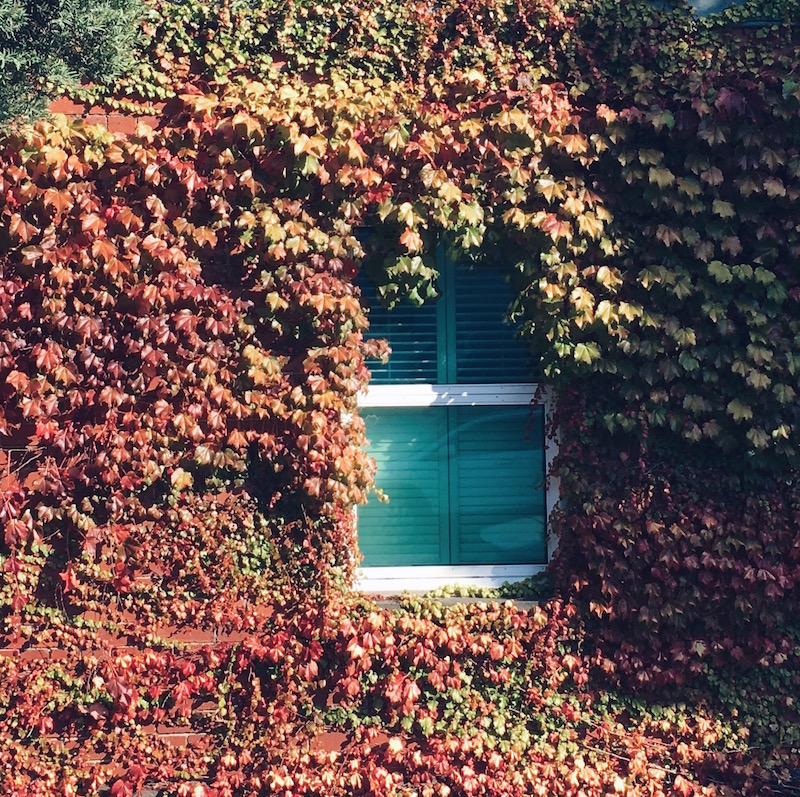
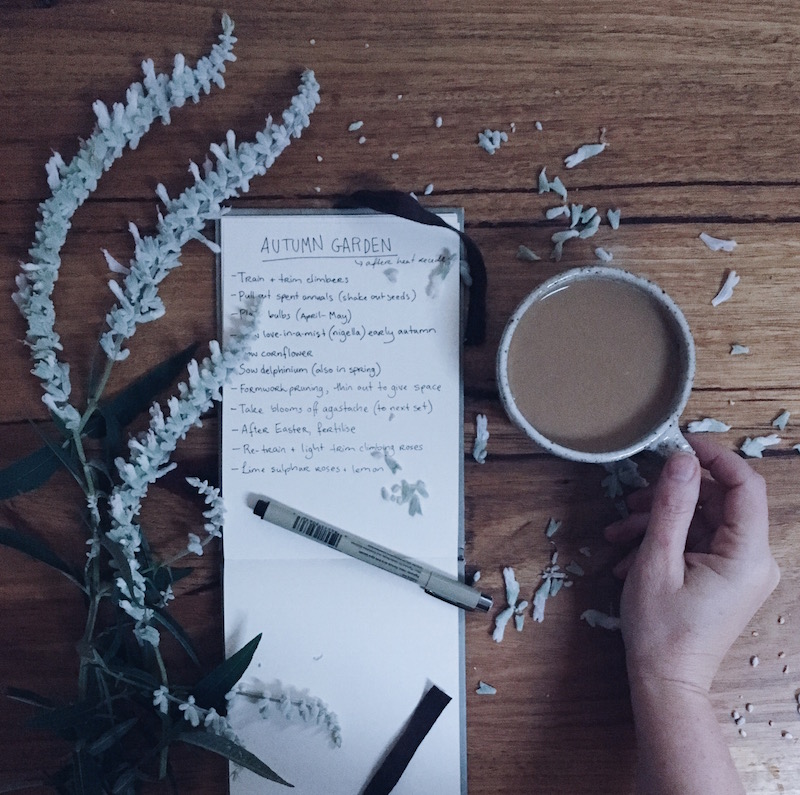
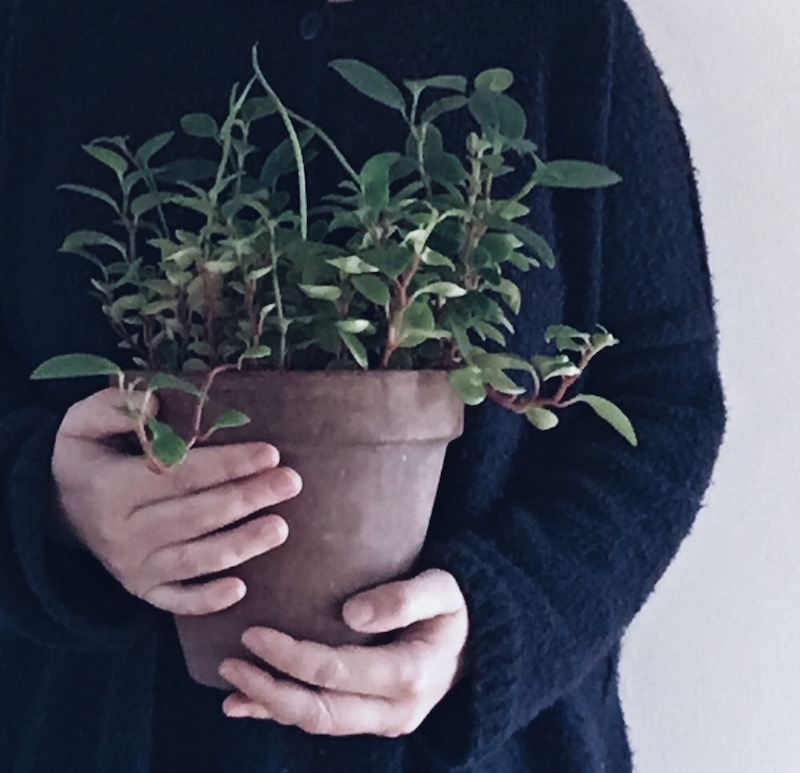
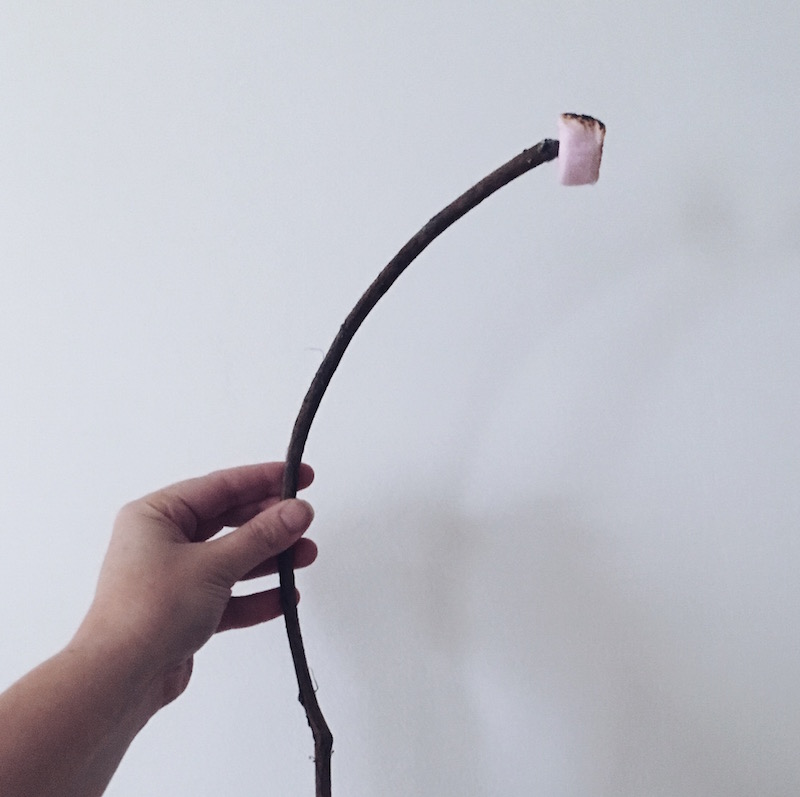
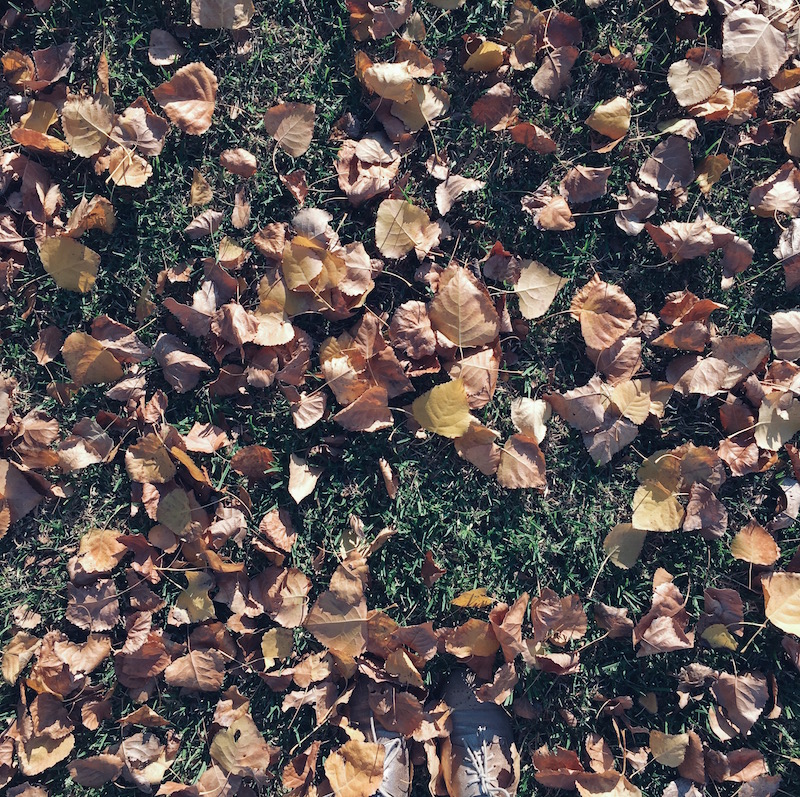
I have trimmed all the wild and rampant late-summer flowers of my garden back into neat, stumpy little mounds. Bending close, I can just see the buds of spring's growth waiting there, sleeping now until the southern hemisphere circles back closer to the sun. The pomegranate, crepe myrtle and Japanese maple trees are all putting on colour, and dropping leaves like golden confetti at our feet.
Twice a week when I go out early to exercise in the still-dark, the cold air hits like a slap when I open the front door, and my fingers and toes are numb from wind and wet grass* before we even get started. But when we all lie down on our yoga mats to prepare for crunches, I look up, up, beyond the black outlines of the trees, to a sky that is so full of stars they look like rain-drops, frozen in time, and it is perfect. And is that Venus I can see, glowing so big and bright? Why is the sky so much cleaner and more... precise... when it's cold? Dawn breaks somewhere in between plank-holds and left-hook punches, and mist makes clouds of our puffing breaths, before real mist rolls up and over the park, and swirls like a familiar cat around our ankles.
We have pulled our winter hats and scarves and coats out of storage, and I have turned my thoughts once again to soups and casseroles and mulled wine and home-baked bread. I am even ready to befriend the slow-cooker.
Knitted gloves and wooly socks, wading and dancing through rivers of fallen leaves, watching the Christmas pine-cones pop and crackle in the open fire, toasting marshmallows, baking good things with apples, and lighting candles at meal-times. Winter's coming, my friends!
*Wet shoes and socks are the WORST
8 autumn-winter plans

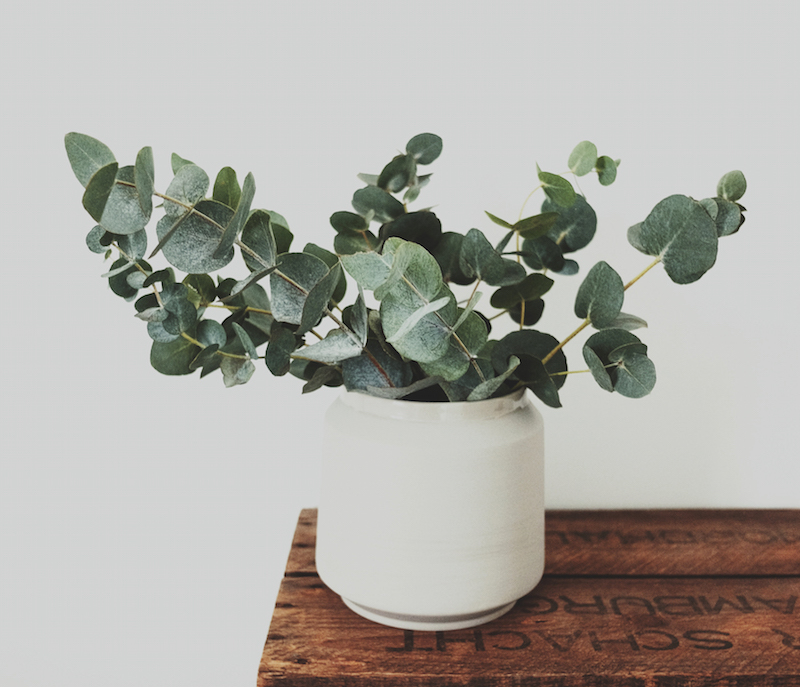

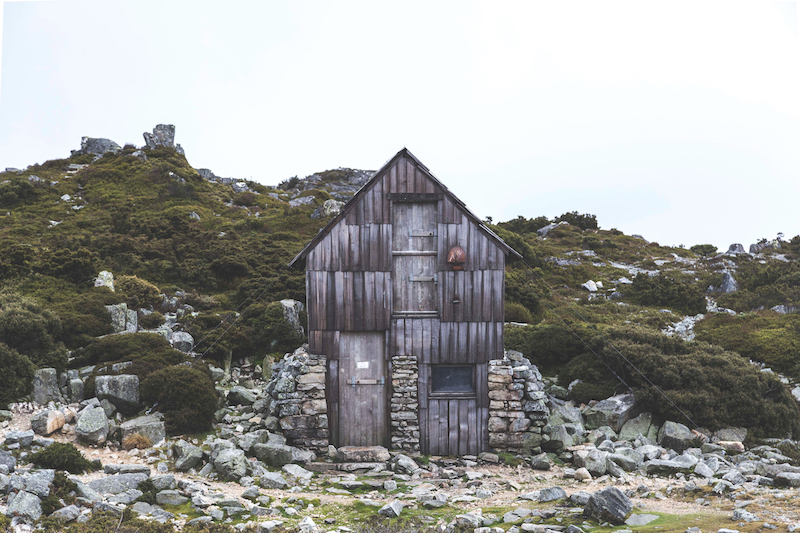
It's no secret that I love winter. I am no friend of heat and humidity, but I love the sting of cold on my cheeks, and the sight of my breath in the air in the morning.
I also love crocheted nanna-rugs, hot chocolates, bed-socks, mac-n-cheese, and flannel shirts. I like hiking up mountains or along city streets without breaking a sweat, the smell of wood fires after dark, candles at dinner-time, and lazy bubble-baths on weekends.
After what felt like the longest summer in the history of all the summers, we are finally seeing the start of autumn. So, just in case this is also the shortest winter in the history of all the winters, I have made some plans to make the most of the cooler months.
1. Learn how to bake bread really well. I've enrolled in a bread-making class at Abbotsford Bakery next month that I'm really looking forward to
2. Take the children to see snow
3. Go bushwalking. Now that the hot weather has gone and the snakes are asleep, I want to get back out among the trees
4. Forage for wild mushrooms in the pine forest. There are guided tours that take you on these foraging missions, to be sure the mushrooms are actually mushrooms, not toadstools. I've been wanting to do this for ages, but nobody wants to come with me. Will you?
5. Take better care of my skin. One of the down-sides to winter is the damage all that dry air and internal heating does to your skin. When I lived in New York, I was great at using scrubs and moisturisers to protect my skin. I'm older now so it's even more important that I make the effort
6. Dig, prune and nurture. I keep a seasonal diary to remind me what needs to happen in my garden. In the coming months, that will mean formwork pruning of some plants, heavy cutbacks to others, sowing some seeds, fertilising, aerating the soil, and applying a thick mulch to protect it
7. Make friends with the slow-cooker. I tell myself I'll do this every year. This is the year!
8. Rug up and have a winter picnic. I'll pack thermoses of hot chocolate or tea, knee-rugs as well as picnic rugs, beanies, and candles or possibly a little campfire. We will find somewhere pretty, and our picnic will look like this
How about you? What are your plans for winter? What should I add to my list?
Image credits: Daniel Bowman // Siebe Warmoeskerken // Annie Spratt // Samuel Scrimshaw












